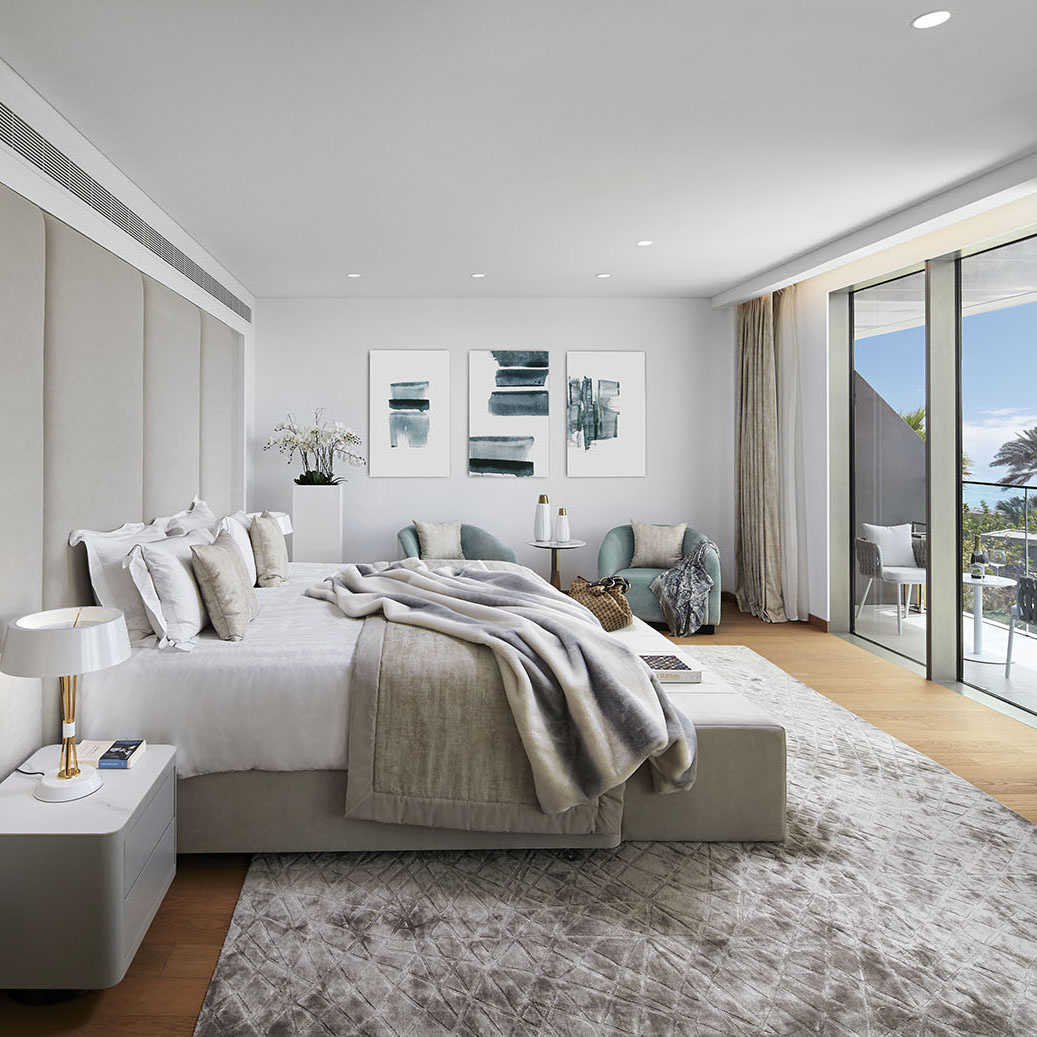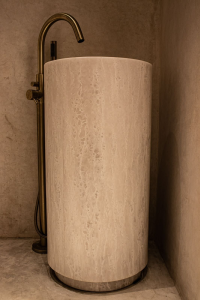
Mixing Patterns With Panache: 6 Tips For A Stylish Interior
Mixing patterns in interior design is a creative way to infuse personality and vibrancy into your living spaces. When done with panache, it can result in an eclectic and visually stimulating environment. However, it can be a delicate balancing act. Here are some tips to help you mix patterns with style and confidence in your turnkey interior solutions:
Start with a neutral base:
Begin with a neutral color palette for your walls, floors, and larger furniture pieces. Neutral tones like white, beige, or gray create a calm and cohesive backdrop that allows patterns to shine without overwhelming the space.
Choose a dominant pattern:
Select one dominant pattern that will be the star of the show. This could be bold wallpaper, a vibrant area rug, or a statement piece of furniture. This pattern will set the tone for the room’s overall style.
Maintain color cohesion:
Ensure that the patterns you choose share a common color or two. This color cohesion ties the patterns together and creates a sense of harmony in the space. It’s essential for preventing a chaotic look.
Vary the scale:
Mix patterns with different scales to create visual interest. Pair a large-scale pattern with a medium-scale one and a small-scale one. This variation adds depth and prevents patterns from competing with each other.
Consider texture as a pattern:
Texture can function as a pattern too. Incorporate textured materials like velvet, silk, or shaggy rugs into your design. These textures add visual interest without introducing a busy pattern.
Stick to a limited palette:
To avoid overwhelming the space, limit the number of patterns you use. Three or four patterns, when well-balanced, can create a cohesive and visually appealing look. Mixing too many patterns can lead to chaos.
Mixing patterns with panache is about finding the right balance between boldness and restraint. By starting with a neutral base, choosing a dominant pattern, maintaining color cohesion, varying the scale, considering texture as a pattern, limiting your palette, and using solid colors as anchors, you can confidently create a stylish and visually stimulating interior that reflects your unique design sensibilities. With these tips in mind, pattern mixing becomes an exciting and creative endeavor in interior design.

